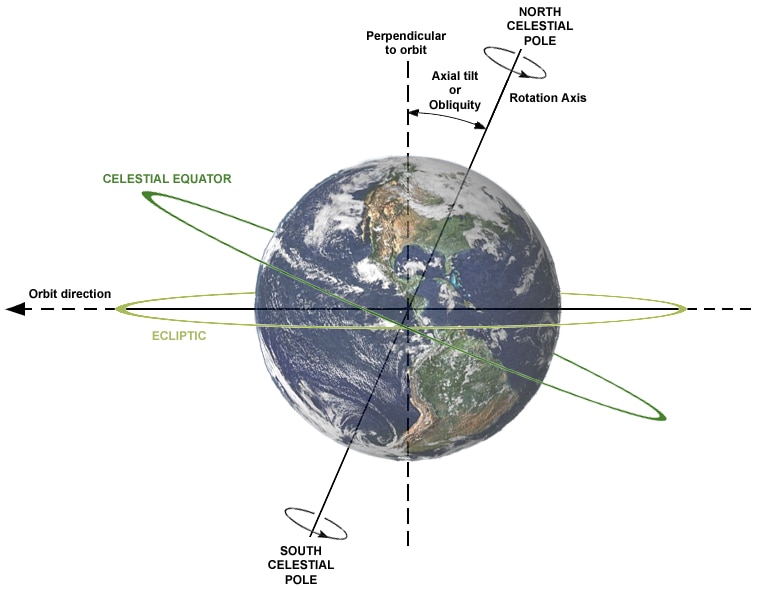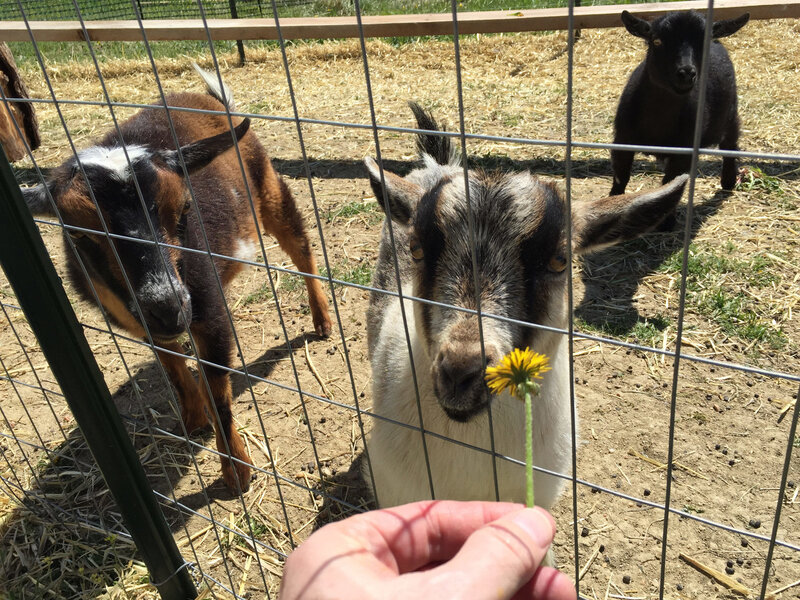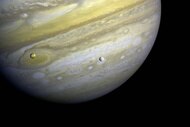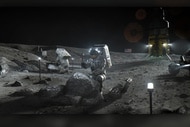Create a free profile to get unlimited access to exclusive videos, sweepstakes, and more!
Today is the solstice, the shortest day of the year... so why isn't it the earliest sunset?
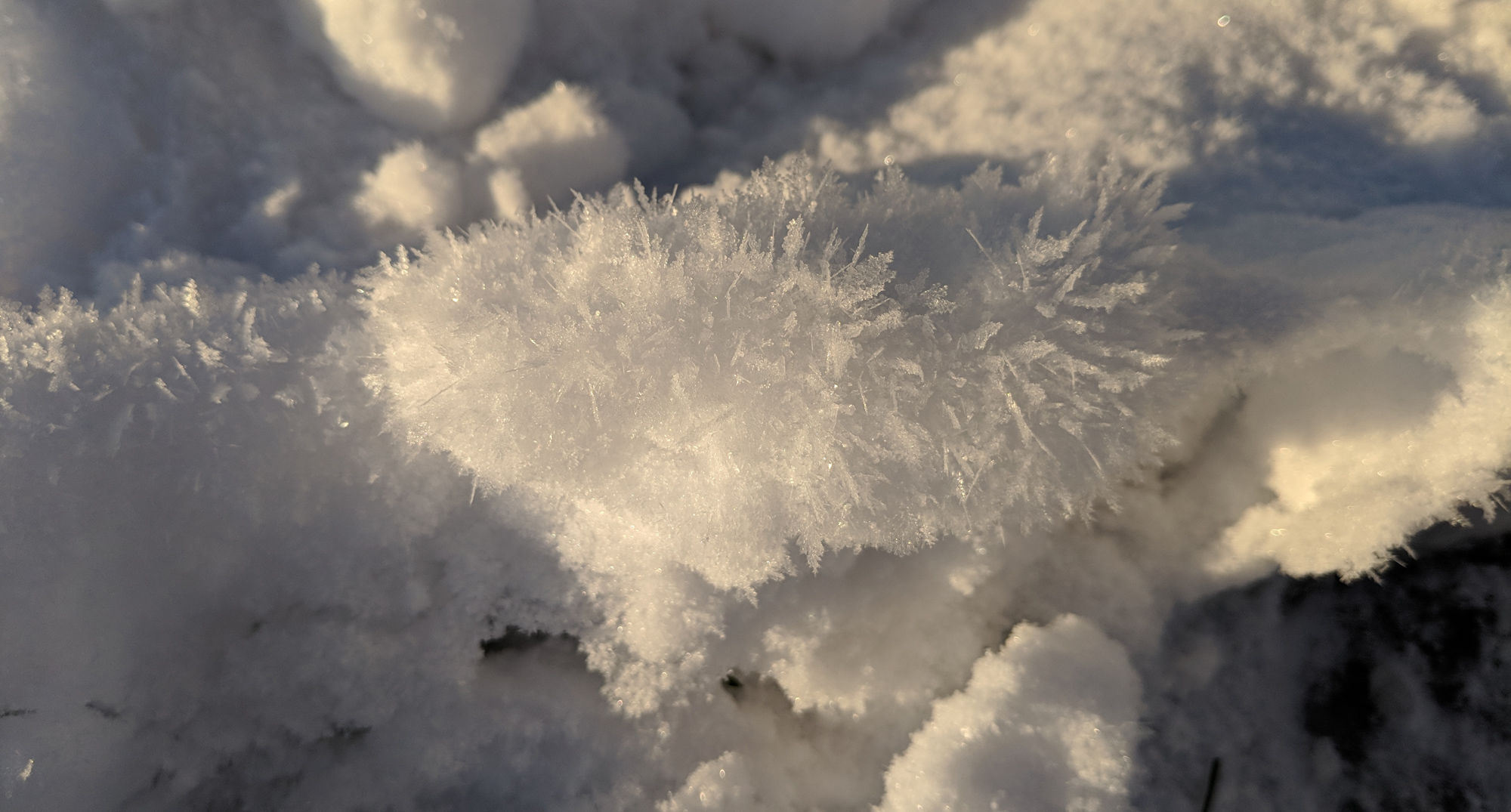
Happy December solstice!
What does that mean? Well, a lot of things.
[Note: I will continue on here describing all this for northern hemisphere observers. If I try to include southern hemisphere stuff at the same time it will be hopelessly confusing to read, and it's weird enough already without adding that in. So my austral readers, switch north for south, and day and night, and this should work too for you.]
Today, at 22:23 UTC (17:23 Eastern US time), the Sun reaches its most southerly point on the sky. We measure an object's north-to-south position on the sky by projecting Earth's latitude (which, on the sky, we call declination for historical reasons). So a star with a declination of 90° will be exactly over the North Pole. A declination of 0° means it's over the Earth's equator.
Because the Earth's axis is tilted, the Sun's path across the sky over a year is at an angle to the declination gird, so we see it move north and south. It reaches its maxima at the solstices, in June and December, usually around the 21st or so. In December the Sun reaches its most southerly declination, about -23.5° south of the celestial equator.
This is also the day the Earth's north pole is tipped as far from the Sun as it can be. Because of that, we get the least amount of daylight on the December solstice — the shortest day and the longest night.
That means that starting today, every day will be a little bit longer! The Sun will also be a little bit higher in the sky. The arc it follows every day will get higher, and the location of sunrise (which is south of east) and sunset (south of west) will creep more toward the north. That means more daylight, plus a higher angle for the Sun, so things start to warm up.
Confused? Yeah, I get that; all these angles and everything can be difficult. But don't despair! I'm about to make it a lot worse!
You might think that if today is the shortest day, then it would also have the latest sunrise and the earliest sunset, right?
Yeah, no. In fact the earliest sunset already happened. And the latest sunrise isn't for another week or so (depending on your latitude).
Why? Two reasons. One is that the Earth is tilted, and the other is that the orbit is an ellipse.
First, I'm going to let my friend Henry Reich of Minute Physics describe this. It's hard with words, but his animations make it a lot more clear:
So, as he says, because the Earth is moving around the Sun, it takes an extra bit of time for the Earth's rotation to "catch up" to the Sun (this is called a synodic day). If the Earth's orbit were a perfect circle, this would be a little less than four minutes every day (you may have heard someone say a day is actually 23 hours and 56 minutes long; that's where this comes from; I describe this in a bit more detail in my vaguely annual New Year's post).
But the Earth orbits the Sun on an ellipse. It moves faster when it's closer to the Sun (the closest point in its orbit is called perihelion) and slower when it's farther away (aphelion). By coincidence, right now in history the solstice is near perihelion — it drifts in time over millennia — and that messes things up.
So follow along here:
On the day of the December solstice, the Earth happens to be very close to perihelion, and is therefore moving the most rapidly in its orbit. That means it's "passing" the Sun most quickly, so it takes a little bit longer for the Earth's rotation to catch up to the Sun, making the true solar day a little bit longer. If you prefer, the time it takes for the Sun to go from being due south one day (local noon) to due south the next is at its longest — about 30 seconds longer than 24 hours.
Here's where things get funky. Because it takes more time for the Sun to get back to where it was the day before, the time of solar noon — when the Sun is actually due south — is later in the day according to your clock. But sunrise and sunset are more or less symmetric around that time, so they happen later in clock time, too.
And here's the fun logic: If the time of sunset is later on the December solstice than it was the day before, then you've already experienced the earliest sunset! It must have already occurred! And it did. For Boulder, Colorado, for example, the earliest sunset was on December 8 of this year.
What about sunrise? Well, if sunrise on the solstice is later than it was the day before, then you have not experienced the latest sunrise yet. Again, for Boulder on this go-round, that happens on January 4, 2019.
So despite the naïve thought that the latest sunrise and earliest sunset happen on the solstice, they actually take place days away. The order they happen in is always the same: earliest sunset, solstice (and shortest day), latest sunrise, and as Henry points out in the video the delays between them depend on your latitude. Weird.
There is a lot more to this. A lot. There's the solar day (the time it takes the Sun to go around the sky once, about 24 hours, but it changes over the year due to the shape of Earth's orbit), the mean solar day (the average solar day calculated by averaging up the lengths of the solar days across the entire year), a sidereal day (the time it takes the Earth to spin once as measured by distant stars), the Equation of Time (the difference between the mean solar day and the actual solar day), and on and on. It's fiercely complicated.
I'll admit, I'm such a nerd that I'm fascinated by all this, even though it confuses me sometimes too. All of these motions and conditions — the Earth's spin, its axial tilt, the Sun's motion across the sky as the Earth orbits the Sun — are cycles that you can see for yourself if you're careful and very attentive. And even if you're not, you still might notice some of this.
For example, my life is in some ways tied to the actual time of sunset; we need to put our goats to bed in their shed when it gets dark because Colorado has coyotes, and we like our goats more than we like the coyotes. There are times in the year when sunset happens right around dinnertime, and we have to eat earlier or later (or leave the table in the middle) to safely ensconce the ungulates. Trust me, we notice when this happens. It's only for a few weeks, because as time goes by the sun sets earlier or later depending on the time of year.
I have decent 3D conceptualizing abilities, so I can kinda sorta picture all this in my head, circles upon circles, rotations and revolutions, all spinning around like some sort of mental medieval armillary. But the best analogy is that it's all like gears in a celestial machine, each one keeping its own near-perfect cadence, and each out of sync with the others, but cycling in such a way that they reset every year. It's actually a rather magnificent and wondrous way to think of it.
Perhaps that's what the solstice truly means.

